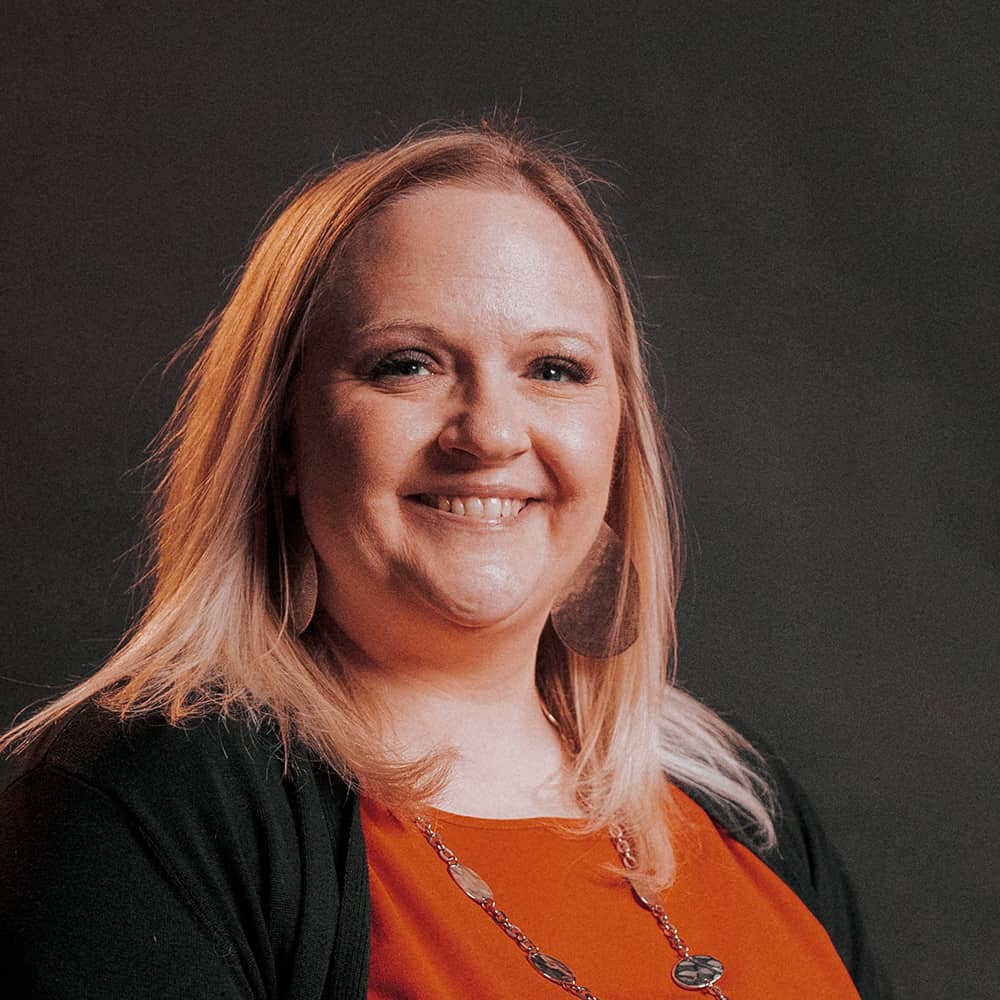Wondering which type of savings account you should open? Whether saving for your emergency fund, the holidays, a down payment, vacation or retirement, putting money away toward your financial goals is a fantastic way to build a healthy savings plan.
But did you know that the type of savings account you use could help you make the most out of your savings? Read below to learn more from Kasha Wilson, Assistant Vice President of Retail Financial Services at Centris Federal Credit Union, about six different types of savings accounts and how they could help you reach your goals.
Here are some key terms to understand before you read:
- Annual Percentage Yield (APY): The interest rate earned on money in an account in one year.
- Minimum Balance: The minimum amount of money that must be in an account. Keeping a minimum balance may waive fees, keep the account open or allow you to receive APY.
- Transaction Limits: The maximum number of monthly transactions (transfers and withdrawals) allowed on the account.
Traditional Savings Account
A traditional savings account is the most common type of savings account. And for good reason.
According to Wilson, “Traditional savings accounts are best for short-term savings. For example, you could use your traditional savings account as a reserve fund for your checking account. It may come in handy to pay for bills that unexpectedly come up. You’ll still have that quick access to cash like a checking account, but you won’t have to worry about accidentally spending the money on something it wasn’t supposed to be spent on.”
You can expect to earn an average of 0.46% APY on a regular savings account, although the interest rate varies by financial institution. Traditional savings accounts typically offer no or low monthly fees and have no balance requirement. Certain transactions may be limited to six times per month but check with your financial institution for specific terms.
Money Market Account
A money market account has a few more features than a traditional savings account. Some banks and credit unions offer debit card services or check-writing abilities with this account, making it convenient to deposit and withdraw at ATMs or transfer money from the account.
“Money market accounts can be used for a variety of savings goals, short-term or long-term. This savings option is great for a vacation, home renovations or even your emergency fund. Just be mindful that the quick access via the debit card and check-writing abilities may tempt you to dip into these funds,” emphasizes Wilson.
The APY for money market accounts typically operates on a balance tier, meaning the more that’s in the account, the more APY the account will earn. On average, a money market account on the $10,000 tier offers 0.67% APY. Minimum balance requirements on these accounts are often higher but depend on the bank or credit union. Transaction limits may apply and are often stricter than traditional savings accounts.
High-Yield Savings Account
A high-yield savings account operates like a traditional savings account with the benefit of a higher APY. A higher APY allows you to passively earn more on your savings, making you money monthly while you sit back and relax.
Although more brick-and-mortar financial institutions are starting to offer these savings accounts that earn interest, high-yield savings accounts are typically offered through online banks and online credit unions, so you may not be able to visit a physical branch if you want to open one of these accounts or deposit cash.
“A high-yield savings account is great for longer-term savings, such as a down payment fund. You can still access that money should you need it, but it may be a little more difficult to get to, as transfers may take a day or two,” says Wilson.
The minimum balance to receive APY for a high-yield savings account can be slightly higher but depends on the bank or credit union. Typically, the higher the APY, the higher the minimum balance requirement. Transaction limits on these accounts are often stricter than traditional savings accounts.
Specialty Savings Account
While previous examples of savings accounts are great options for putting away larger sums of money, what if you want an account to save for a specific purpose?
A specialty savings account may be what you’re looking for!
Wilson recommends opening a special savings account “when you have something specific you want to reach. Whether it’s saving for the holidays, a wedding or a treat for yourself, a specialty savings account is a great medium-term savings option.”
An example of a specialty savings account is a Centris Club Account.* This is a savings account that you can’t withdraw from for a set timeframe. To help you reach your goals, this type of savings plan allows you to deposit as much as you want, but that money is kept locked in the account for up to 12 months.
Lock in savings accounts and other specialty accounts may come with special terms. Be sure to check the account APY, how often you can withdraw money from these accounts and any other special terms that may apply.
Certificate
A certificate is a completely different way to save. Certificates are time deposits, meaning your money is locked away for the term you agreed upon until the maturity date. Certificates usually offer higher APY than savings accounts. The national average APY for a six-month certificate is 1.81%.
Wilson says, “With certificates, there are many term options, making it great for short-term or long-term savings. However, since that money is locked away, you wouldn’t want to open a certificate if you may need that money for an emergency. But if you have extra cash that could be set aside, a certificate is a great option to earn dividends without having to do much.”
The minimum balance required to open a certificate may vary. If you wish to withdraw your funds early, you may have to pay an early withdrawal fee.
Individual Retirement Account
Saving for retirement is often overlooked. However, putting money away to build your nest egg now doesn’t have to be a hassle! With a variety of retirement savings accounts available, you can choose one that fits your needs and goals.
When it comes to retirement, Wilson is passionate about having “at least two forms of retirement savings. If you receive a 401(k) plan from your employer, make sure you are researching that benefit. If your employer also offers an employer contribution match, you may want to look at how you can contribute enough to get that match. Another great way to boost your retirement savings is through an IRA, whether that’s a traditional or Roth IRA or other type of account. Even contributing $50 per month can make a big difference in your retirement.”
Retirement accounts can be found at many financial institutions like banks, credit unions and brokerage firms. Speak with a professional regarding what may be the best investment account for you.
When it comes to savings goals, choosing the right savings accounts for your money may make achieving your goals a little easier. Want more savings tips? Kasha’s got you covered! Give her A Penny Or Two For Your Thoughts podcast episode, “If I Don’t See It, I Don’t Miss It,” a listen anywhere you get your podcasts!
Federally Insured by NCUA.
*Terms and Conditions Apply.




